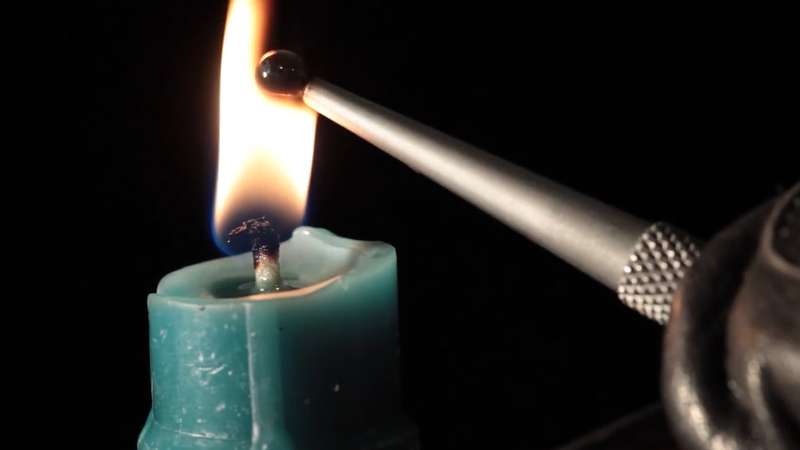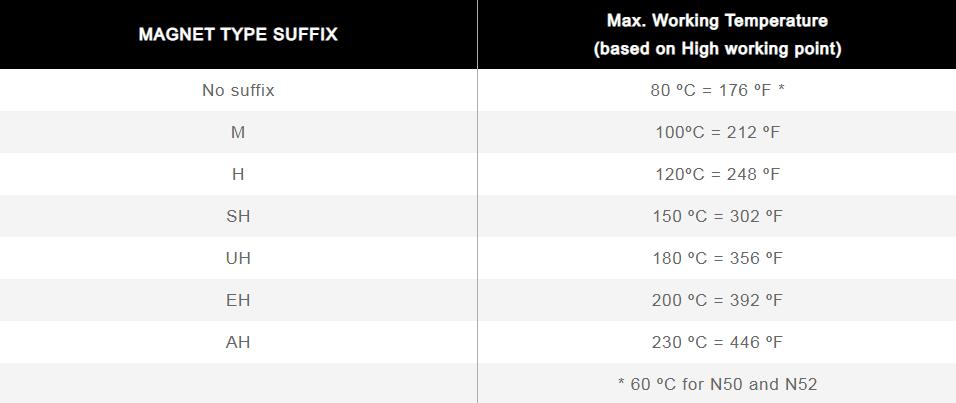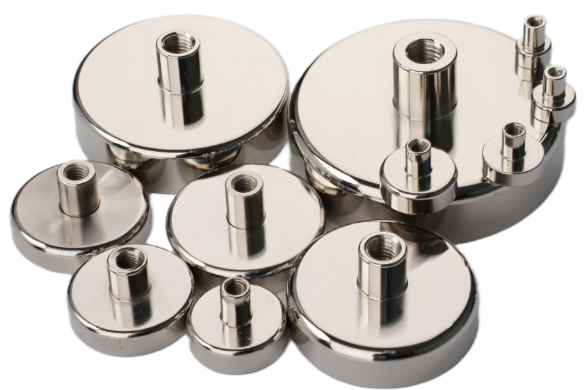How Does Temperature Affect Neodymium Magnets?
It is very important to know the maximum operating temperature of each grade of the magnet in the application of the NdFeB magnet. NdFeB magnets work best at lower temperatures and become even stronger when the temperature drops to about -130 ° C. However, some grades of NdFeB magnets can also be exposed to very high temperatures before the change of their properties and the loss of their magnetism, either temporarily or permanently. Then how does temperature affect neodymium magnets? In this article, let's try to find out the answer.
 How Does Temperature Affect Neodymium Magnets?
How Does Temperature Affect Neodymium Magnets?
Normally, for every 1 degree Celsius rise in temperature, neodymium magnets lose 0.11 percent of their magnetism. As long as the maximum operating temperature is not exceeded, this small loss can be fully recovered on cooling. However, if it is exceeded, the small loss will not be recovered on cooling, and continuous hot-cold cycles will result in a decrease in magnetic properties.
Usually, there are two letters following the grade name, which determine the temperate rating and represent the maximum operating temperature the magnet can withstand before its magnetic properties are seriously affected. However, these ratings should always be regarded as guidance values because other factors (such as size and shape) can also affect the performance of magnets at high temperatures.
Ordinary neodymium magnets are strongest at temperatures below 80 ° C, but after that, they lose their magnetic output. Grades with a "VH/AH" rating, on the other hand, can operate at temperatures up to 230 ° C. The table below shows the maximum operating temperature of each grade.
 How Does Temperature Affect Neodymium Magnets?
How Does Temperature Affect Neodymium Magnets?
In addition, neodymium magnets can be subject to permanent demagnetization fields and radiation, so it is important to always fully understand the environment in which the magnets will be used. For instance, the demagnetization temperature of a neodymium magnet in free space is lower than that of an equal-sized magnet connected to a piece of mild metal.
Magnets love cold. A neodymium magnet will continue to work when the operating temperature drops to -130°C, at which point the direction of magnetism is said to shift, reducing performance by about 15%. Magnets hate to be moved quickly from a very cold temperature to a very hot temperature, because this thermal shock may cause them to break or crack.
Can the neodymium magnets which are weakened by heat be remagnetized?
The neodymium magnets will be weakened if the maximum operating temperature of the neodymium magnets is exceeded. And the magnets will become demagnetized if it is exceeded enough. It is possible to remagnetize neodymium magnets, but they are not as strong as they were originally. The more the maximum operating temperature is exceeded, the weaker the magnet will become after remagnetization.
Conclusion
Thank you for reading our article and we hope it can help you find the answer to how temperature affects neodymium magnets. If you want to know more about neodymium magnets, we would like to advise you to visit Stanford Magents for more information.
Stanford Magnets is a leading magnet supplier across the world and has been involved in R&D, manufacturing, and sales of strong magnets and ferrite magnets since the 1990s. It provides customers with high-quality rare earth permanent magnetic products such as neodymium magnets, SmCo magnets, AlNiCo magnets, and other non-rare earth permanent magnets at a very competitive price.















